Book of Life (Gutierrez 2014) is an animated film that celebrates Mexican culture and believes in the best of people in the face of hatred and selfishness. The film tells the story of La Muerte (Kate del Castillo), the ruler of the Land of the Remembered, and Xibalba (Ron Perlman), the ruler of the Land of the Forgotten. The two immortal beings bet their realms on two men in the land of the living: Manolo Sanchez (Diego Luna) and Joaquin Mondragon (Channing Tatum). The two of them are smitten for Maria (Zoe Saldana), a girl that they’ve known since they were children. La Muerte bets on Manolo winning Maria’s heart while Xibalba bets on Joaquin winning Maria’s heart. Whoever’s man wins Maria’s heart will rule over both realms of the dead.
Though it may not have the same notoriety as a Disney or Dreamworks animated feature, Book of Life (2014) has enough heart and effort to be in league with modern animated films from Disney and Dreamworks.
Chevat, Zoe. “Comic-Con Interviews: The Book of Life Will Bring Mexican Folklore to the Big Screen in a Unique Way.” The Mary Sue. 31 July 2014. Accessed 18 Oct. 2016. www.themarysue.com/sdcc-book-of-life-interviews/

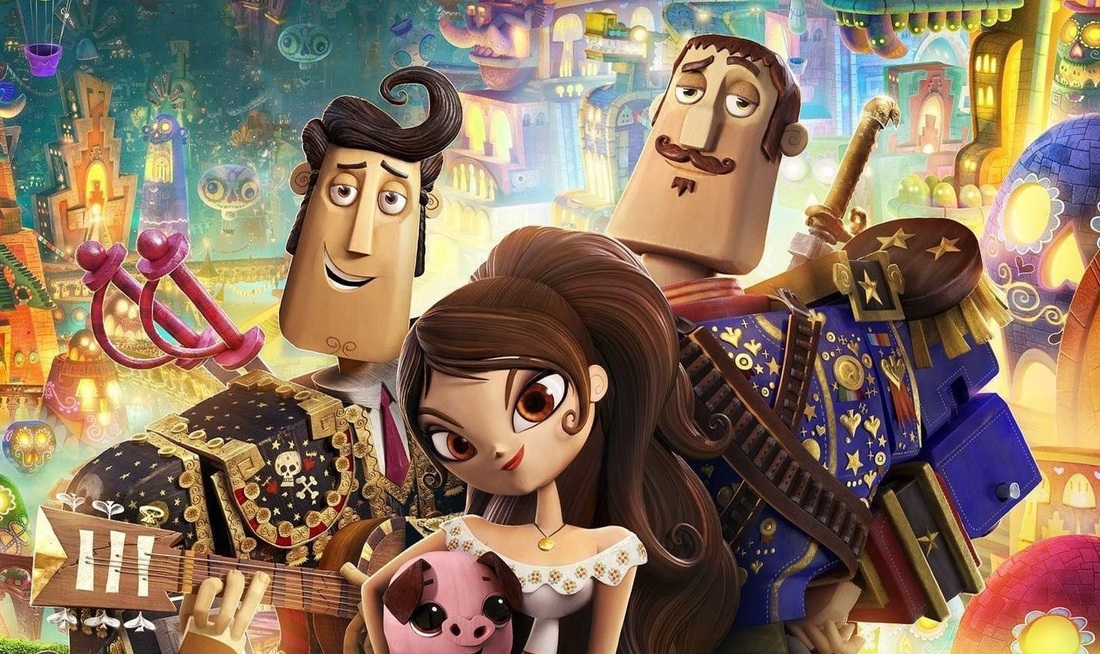

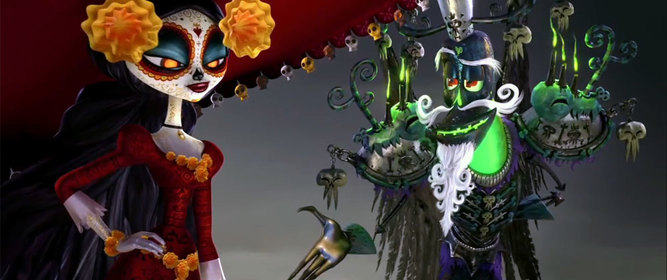
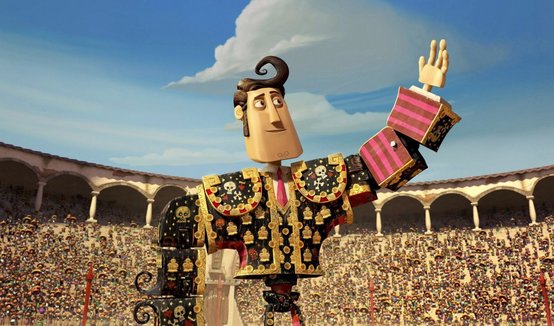
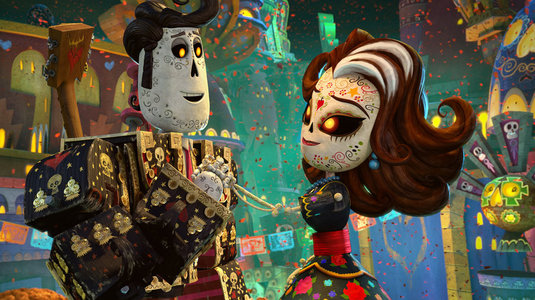
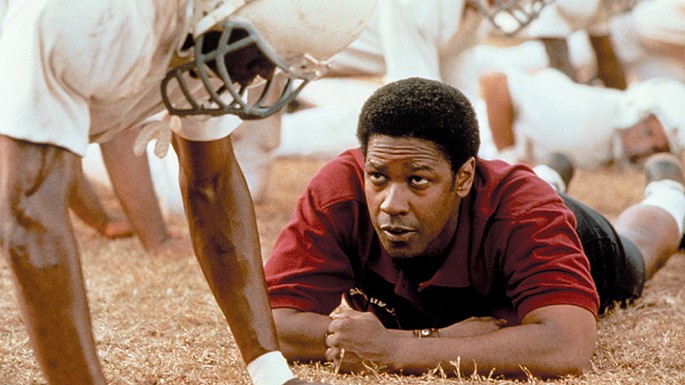

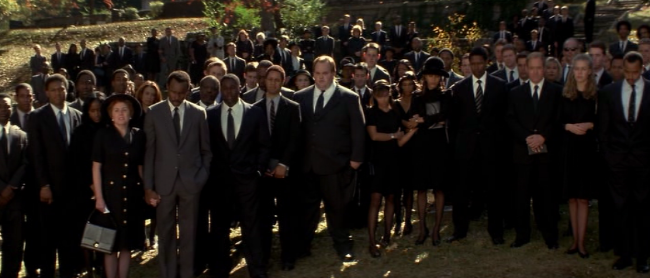
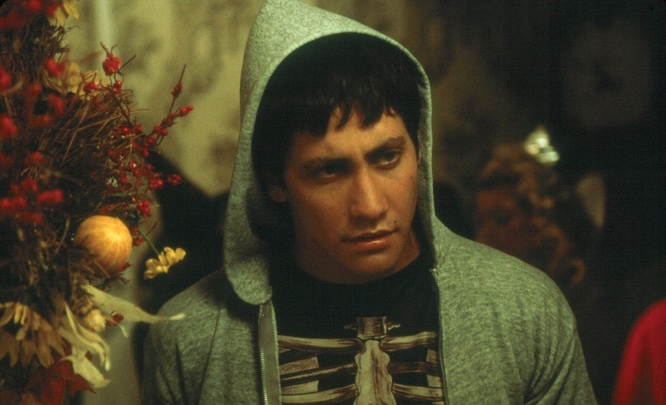

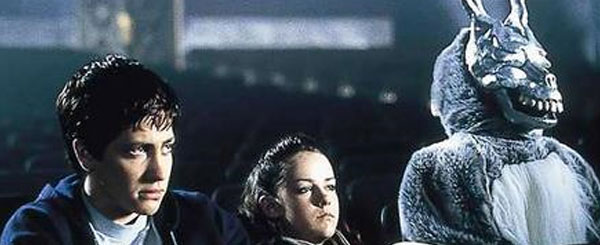
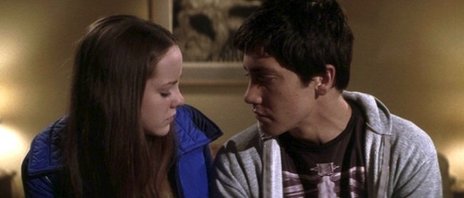
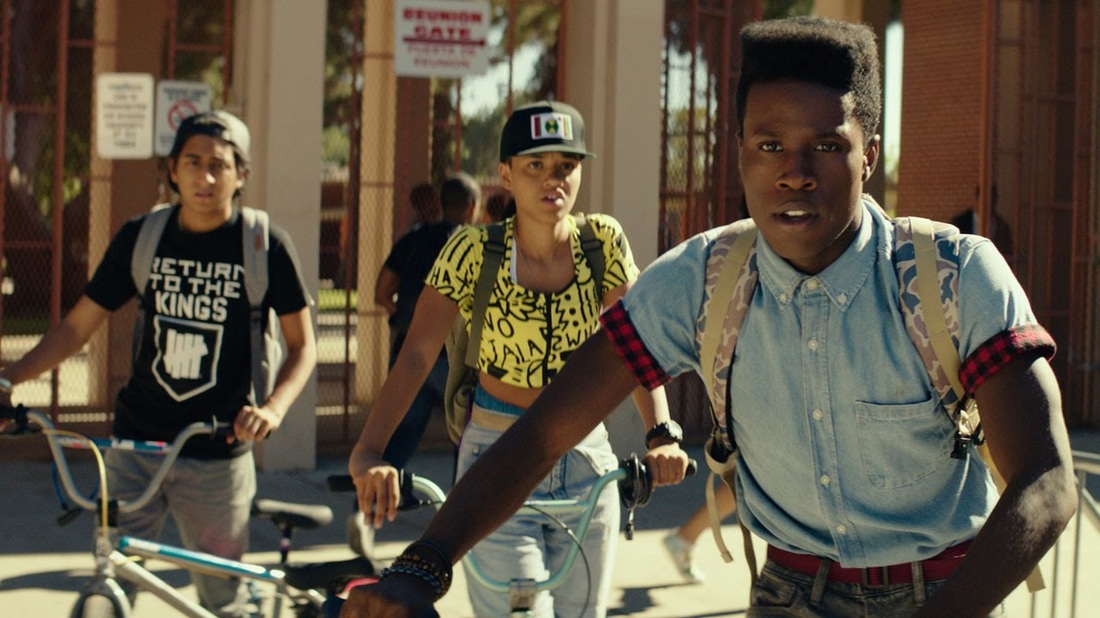

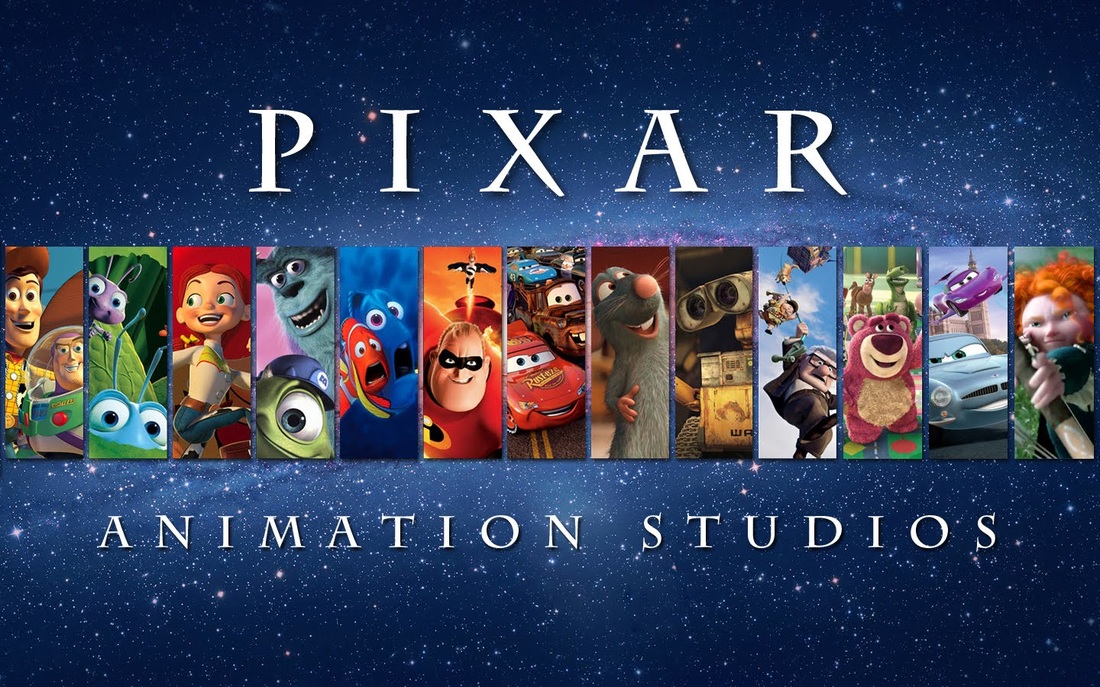

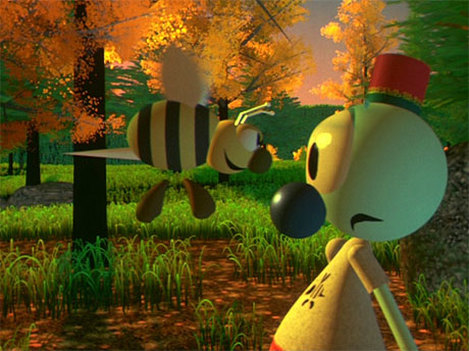
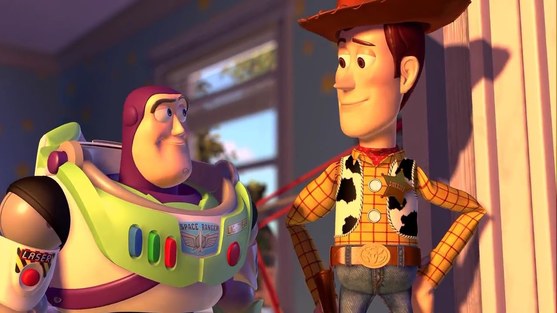
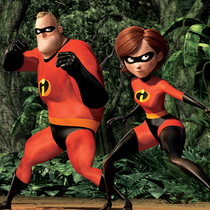
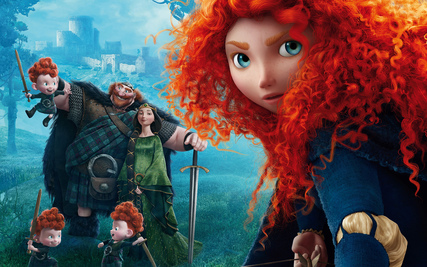
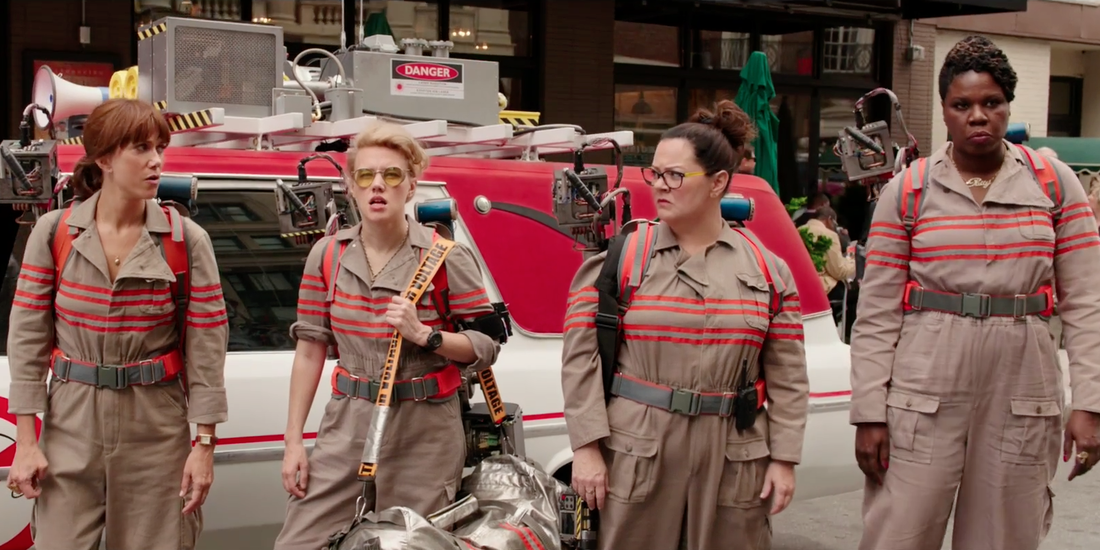

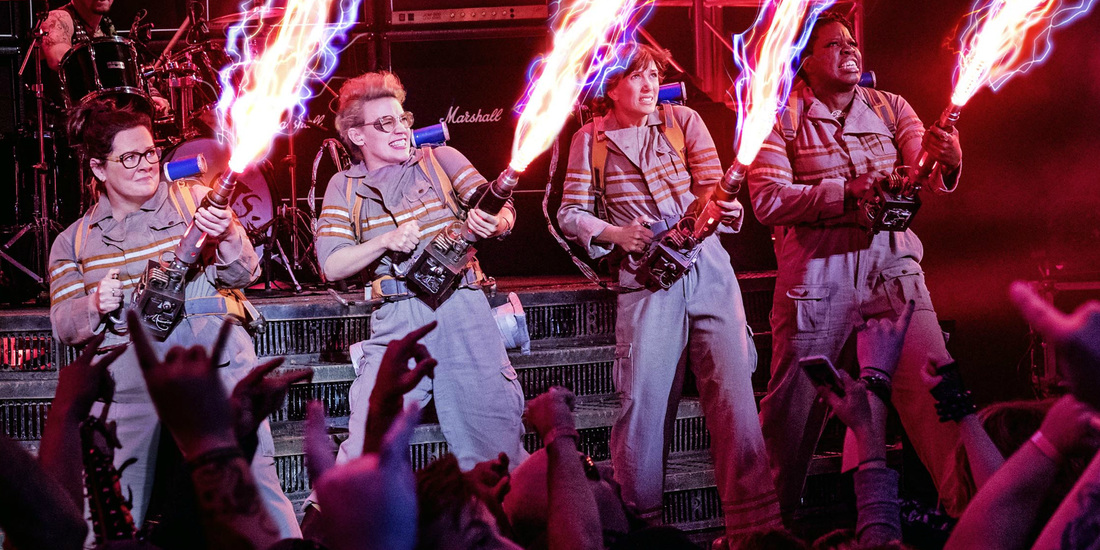
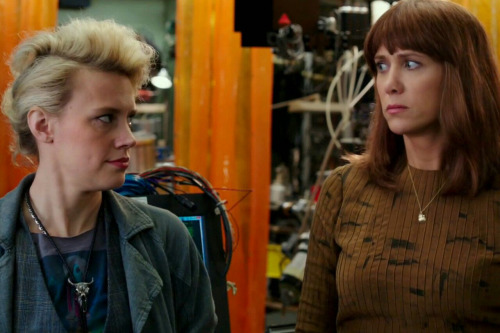
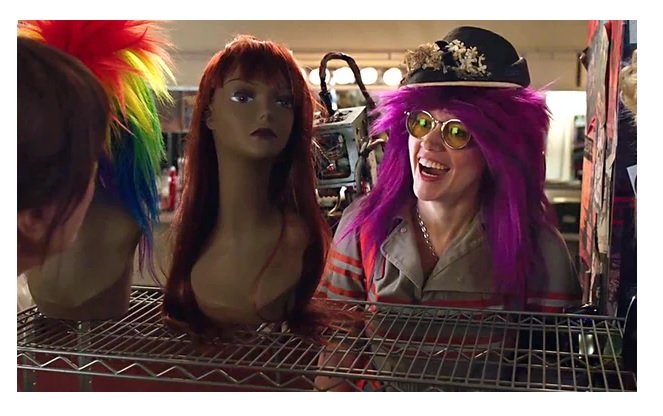
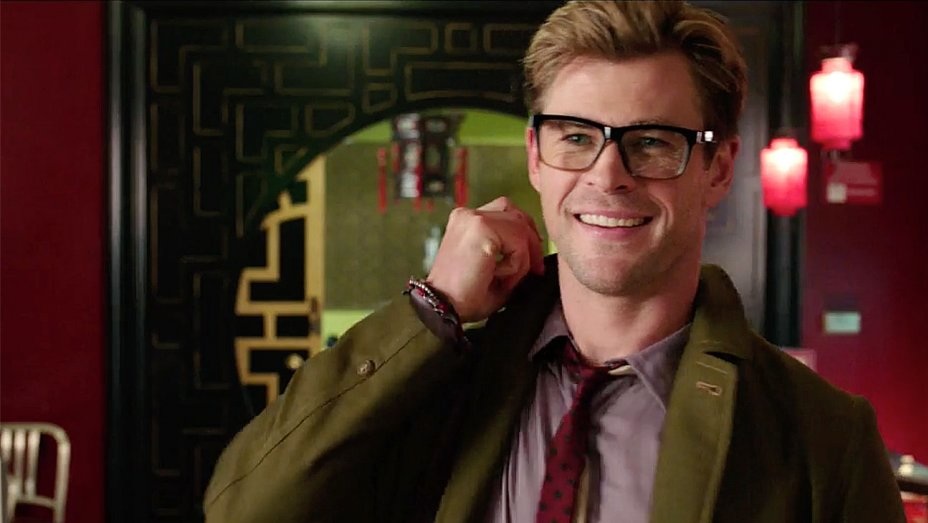
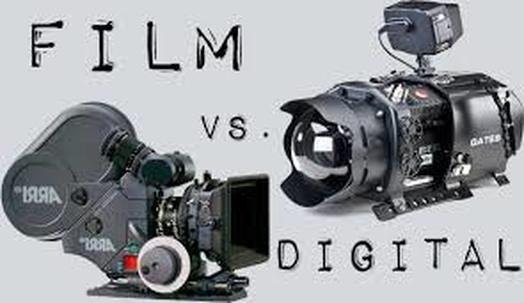

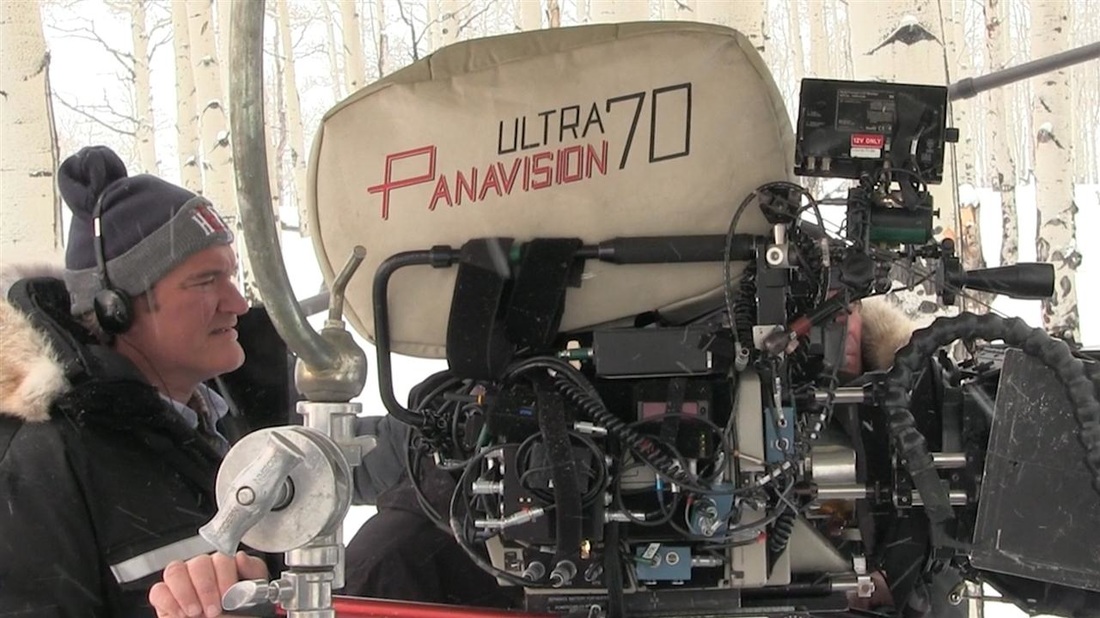
 RSS Feed
RSS Feed
